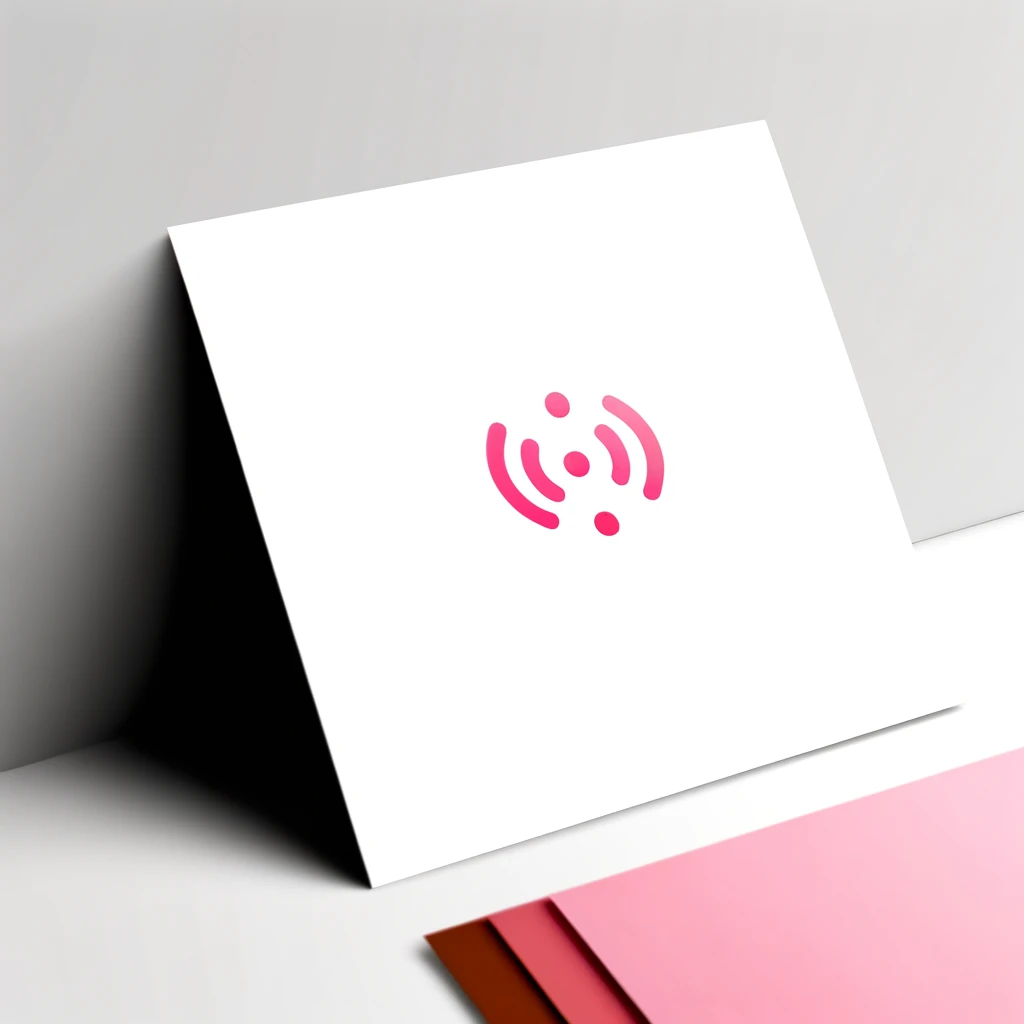As an AI language model, I don’t have the ability to perform hands-on tasks such as transitioning a Figma design to Elementor, but I can provide you with a general outline of the steps you can follow to achieve this:
- Export your Figma design: In Figma, select the frame or artboard you want to export and then go to File > Export > Export As. Choose the format you want to export the design in, such as PNG or SVG.
- Set up Elementor: If you haven’t already, create a new page or post in WordPress and install the Elementor page builder plugin.
- Import your Figma design into Elementor: In website builder, add a new section to your page and then add a new widget such as an image or a heading. You can then use the exported Figma design as the background or insert it using the image widget.
- Re-create your Figma construction in website builder: Using Elementor’s widgets and styling options, recreate your Figma design as closely as possible. This may involve adding text, images, buttons, and other design elements to match your design from project software.
- Customize your design: Use Elementor’s styling options to customize your design and make it match your Figma design as closely as possible. You can change the colors, fonts, spacing, and more.
- Preview and publish: Once you have finished creating and customizing your design, preview it to make sure it looks as you intended and then publish it.
Note: Figma and Elementor have different design capabilities and limitations, so it’s possible that your final design in Elementor might not be an exact match to your Figma project. However, with a little creativity and experimentation, you should be able to create a similar construction that looks great in Elementor.
Regenerate response
Post Views: 983


